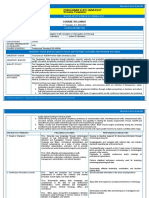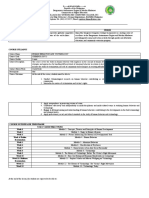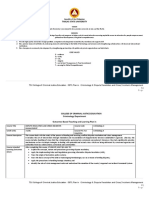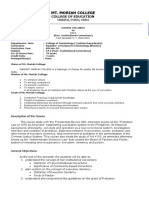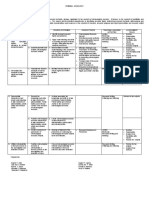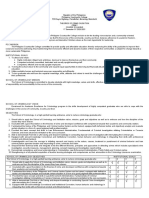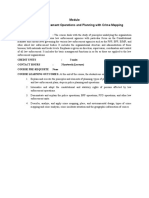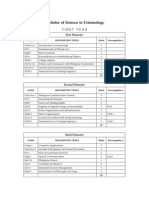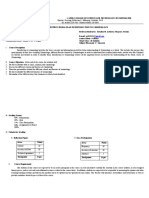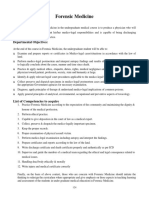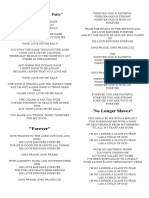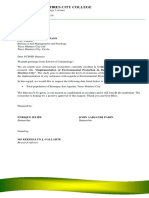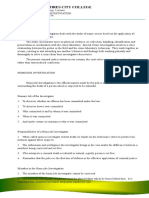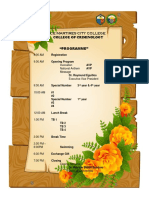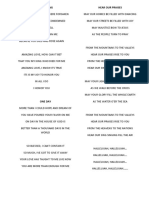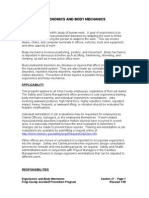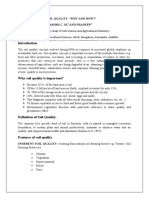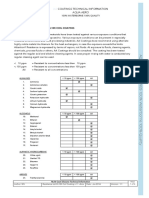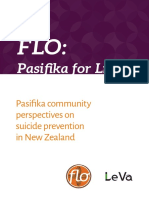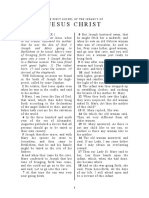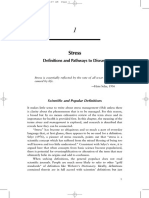0% found this document useful (0 votes)
1K views15 pagesCourse Syllabus Cdi 2 (Specialized Investigation 1 With Legal Medicine)
This document provides the syllabus for a 3-credit course titled "CDI 2 (Specialized Investigation 1 with Legal Medicine)". The course covers investigation techniques for crimes against persons, property, and morality, and applies medical science to crime investigation with a focus on anatomy, injury analysis, causes of death, and other topics. The 18-week course meets for 3 hours per week and has no prerequisites. Course outcomes include discussing forensic medicine concepts, evolution and applications, applying legal medicine concepts to investigations, differentiating investigation methods, and modern crime investigation techniques. Weekly topics include introductions, injury analysis, asphyxia, poisoning, autopsies, and specific crime types. Student assessment includes written and oral exams along with a portfolio.
Uploaded by
Keeshalyn GallarteCopyright
© © All Rights Reserved
We take content rights seriously. If you suspect this is your content, claim it here.
Available Formats
Download as DOC, PDF, TXT or read online on Scribd
0% found this document useful (0 votes)
1K views15 pagesCourse Syllabus Cdi 2 (Specialized Investigation 1 With Legal Medicine)
This document provides the syllabus for a 3-credit course titled "CDI 2 (Specialized Investigation 1 with Legal Medicine)". The course covers investigation techniques for crimes against persons, property, and morality, and applies medical science to crime investigation with a focus on anatomy, injury analysis, causes of death, and other topics. The 18-week course meets for 3 hours per week and has no prerequisites. Course outcomes include discussing forensic medicine concepts, evolution and applications, applying legal medicine concepts to investigations, differentiating investigation methods, and modern crime investigation techniques. Weekly topics include introductions, injury analysis, asphyxia, poisoning, autopsies, and specific crime types. Student assessment includes written and oral exams along with a portfolio.
Uploaded by
Keeshalyn GallarteCopyright
© © All Rights Reserved
We take content rights seriously. If you suspect this is your content, claim it here.
Available Formats
Download as DOC, PDF, TXT or read online on Scribd
/ 15











